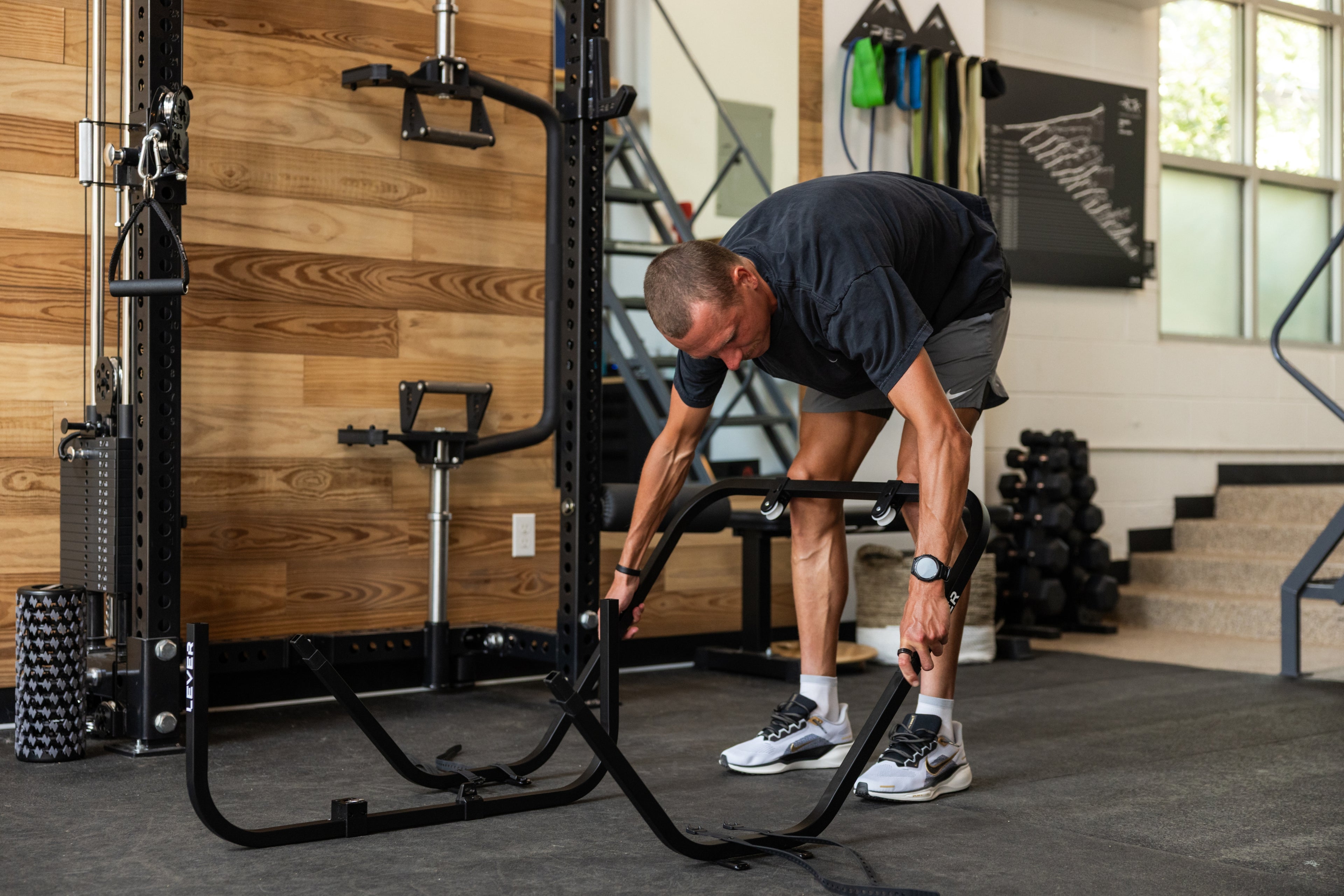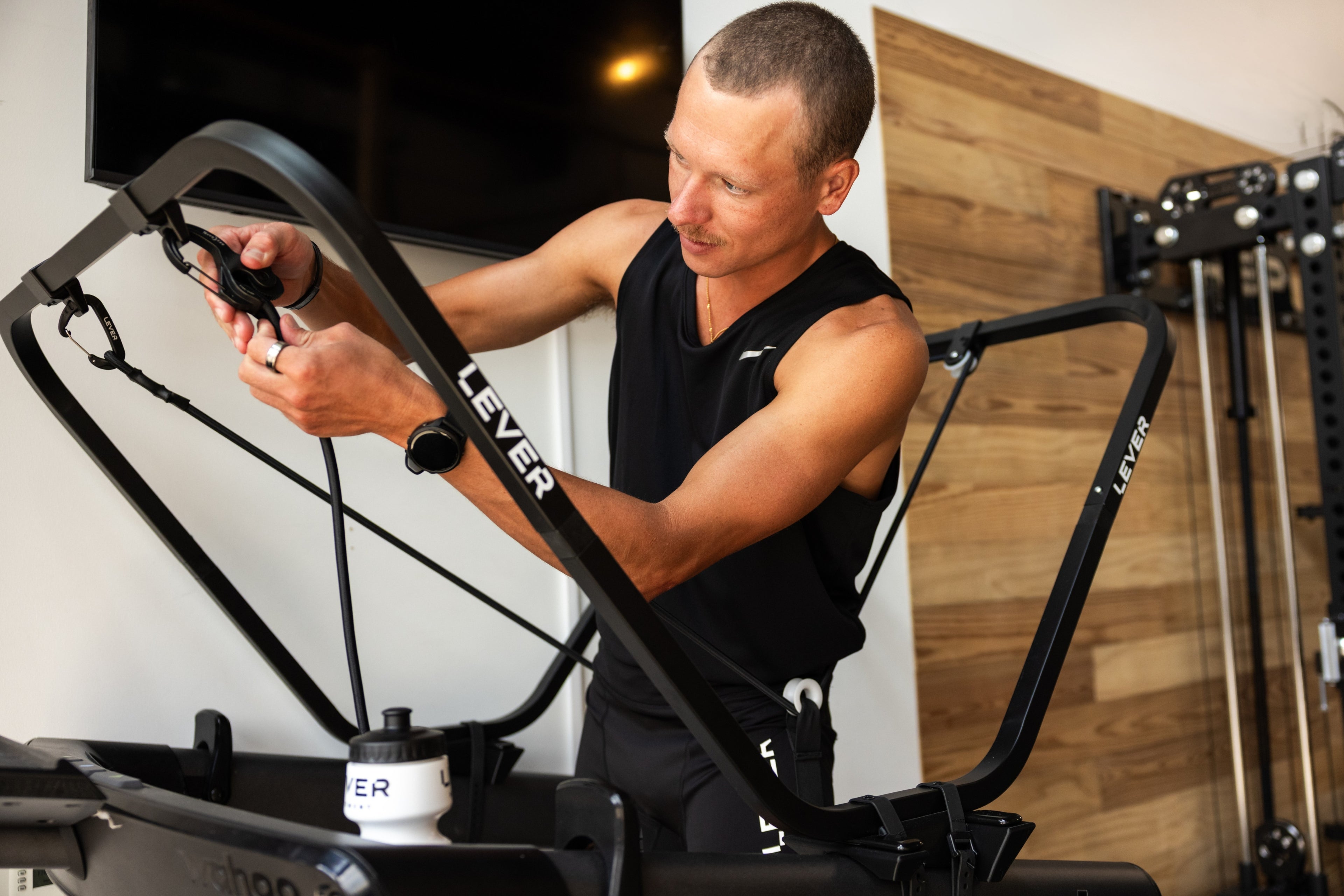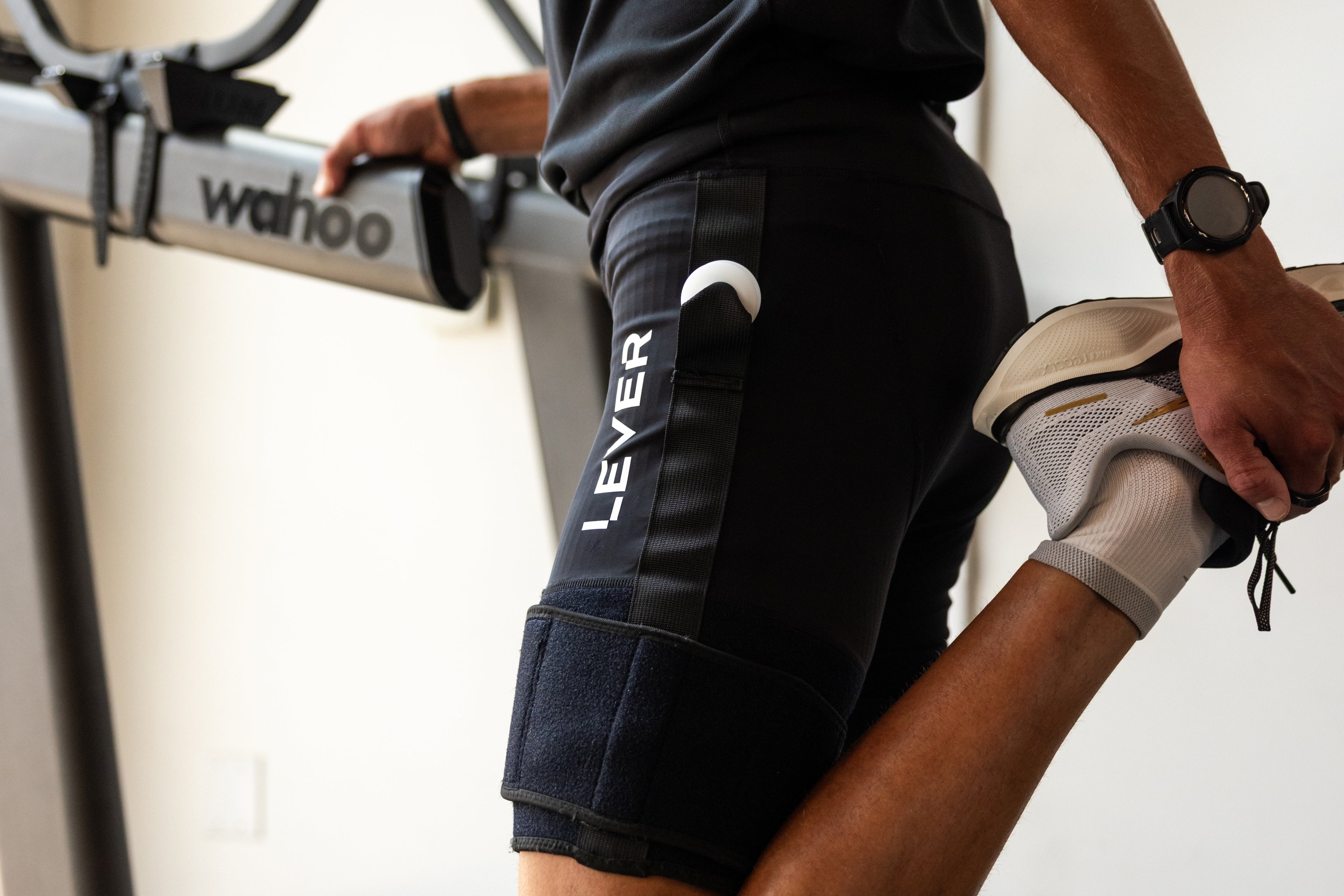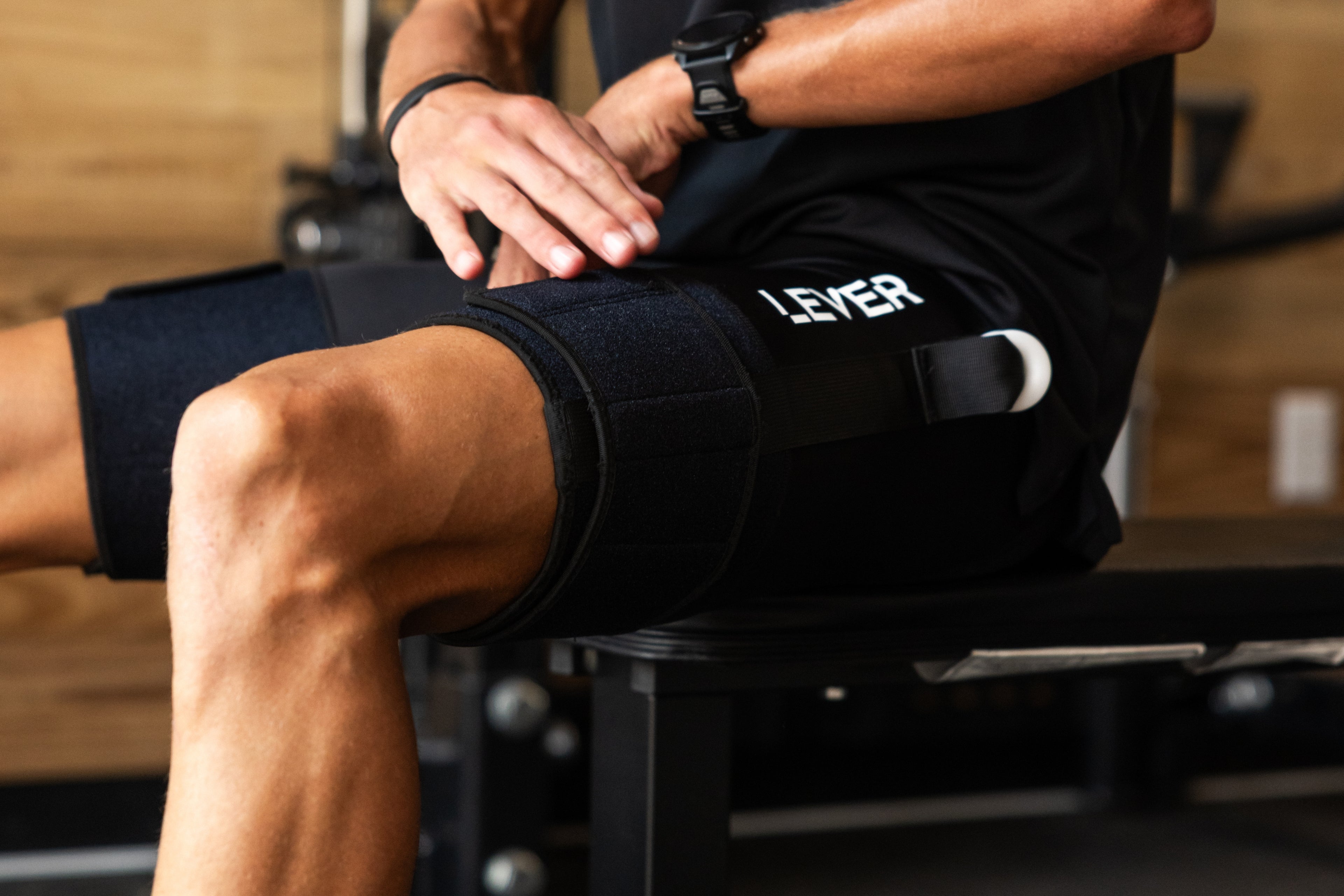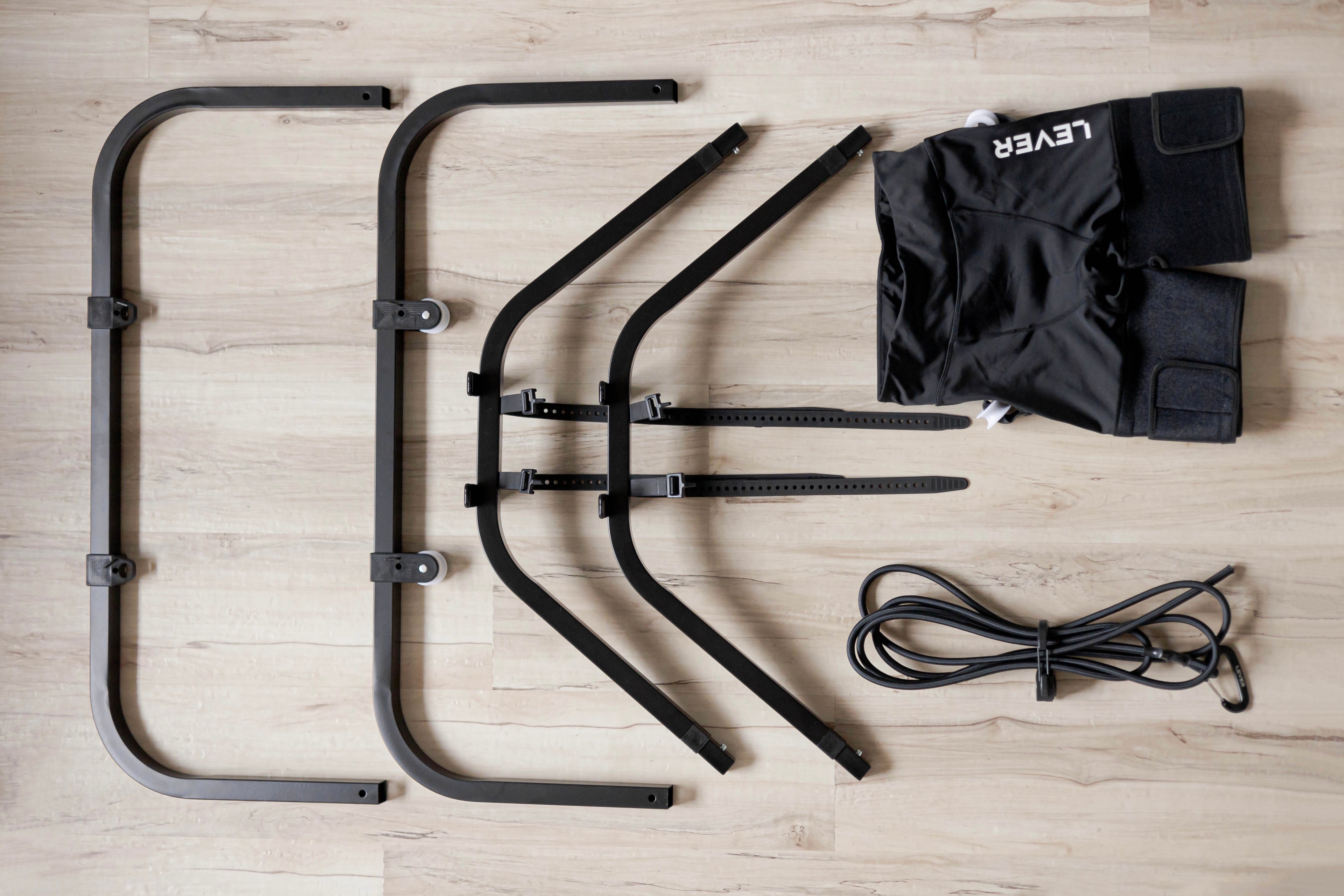Getting to the start line isn’t just about logging miles. It’s about managing stress and recovery so you arrive healthy, confident, and ready to perform. Research shows that as many as 50% of endurance athletes experience an injury each year, with most being from overuse rather than trauma. The athletes who make it to race day healthy are usually the ones who train consistently, prioritize recovery, and listen to their bodies.
Here are 7 science-backed strategies to ensure you’re not only healthy when the gun goes off, but also primed to perform at your best.
1. Stay Consistent
Why it matters: Studies show that training consistency while avoiding big fluctuations in weekly load is one of the strongest predictors of injury prevention and long-term performance. Your “chronic training load” (what you’ve built over weeks and months) matters more than any single breakthrough workout.
📚 Science says: Athletes who increase weekly mileage by more than 30% are significantly more likely to sustain an injury than those who progress gradually.
💡 How LEVER helps: By unloading up to 45 pounds of body weight, LEVER allows you to keep training during minor setbacks (tight calves, sore knees, tendon flare-ups). Instead of missing weeks, you continue stacking consistent training, which is the ultimate performance advantage.

2. Train Smarter, Not Harder
Why it matters: The “more is better” mindset often leads to breakdown. Research on endurance performance supports the 80/20 rule: about 80% of training should be low intensity, while the other 20% should be moderate to high intensity. This balance builds aerobic capacity while minimizing injury risk.
📚 Science says: Low-intensity training is strongly correlated with better race performance, while excessive high-intensity training increases the risk of overuse injuries and burnout.
💡 How LEVER helps: By reducing impact, LEVER allows athletes to complete quality threshold or VO₂ max sessions without the full mechanical load. You get the aerobic and metabolic benefits of hard work with less musculoskeletal stress.
3. Prioritize Recovery
Why it matters: Training adaptations like stronger muscles, more resilient tendons, and improved cardiovascular function occur during recovery, not during the workout itself. Neglecting recovery increases the risk of illness, injury, and overtraining.
📚 Science says: Sleep is the most powerful recovery tool. Athletes who sleep fewer than 7 hours per night are 1.7 times more likely to get injured. Active recovery, such as low-intensity movement, accelerates blood flow and reduces soreness.
💡 How LEVER helps: Using LEVER for low-impact recovery runs stimulates circulation and aids recovery without adding new stress. Pair it with tools like compression boots and foam rolling for a complete recovery strategy.
4. Listen to Your Body
Why it matters: Ignoring pain or fatigue is one of the main reasons athletes miss the start line. Early intervention and adjusting training when red flags appear prevents small issues from becoming major injuries.
📚 Science says: Monitoring training load with RPE (Rate of Perceived Exertion), HRV (Heart Rate Variability), or resting heart rate are reliable ways to detect fatigue and reduce injury risk.
💡 How LEVER helps: Instead of skipping a session when something feels off, you can adjust by reducing impact. This maintains aerobic fitness while allowing your body to recover, protecting long-term performance.

5. Build Mental Strength
Why it matters: Psychological resilience is closely tied to performance. Athletes who manage stress, visualize success, and maintain confidence are more likely to perform well under pressure. Mental strength also prevents panic adjustments during training or taper.
📚 Science says: Mental skills training such as visualization, goal setting, and positive self-talk can improve endurance performance.
6. Trust the Taper
Why it matters: Tapering, or reducing training volume before a race, allows the body to absorb months of work and reach peak form. Athletes often fear losing fitness, but research shows the opposite: tapering improves performance by 2–3% on average.
📚 Science says: A taper lasting 2–3 weeks, with a 40–60% reduction in training volume while maintaining some intensity, yields the best results.
💡 How LEVER helps: Short, low-impact runs with LEVER keep the neuromuscular system sharp while limiting fatigue. You stay fresh without compromising readiness.
7. Control What You Can
Why it matters: Race week always brings variables you can’t control such as heat, humidity, nerves, or travel stress. Focusing on controllable factors like recovery, hydration, and training load helps minimize stress and maximize confidence.
📚 Science says: Athletes who use pre-race routines (nutrition, sleep, gear prep) report lower stress levels and improved performance outcomes.
💡 How LEVER helps: Many pros traveling to Kona bring LEVER for final tune-up sessions. It allows them to control intensity and impact, even in unfamiliar training environments.
The athletes who perform best on race day aren’t always the fittest. They’re the ones who arrive at the start line healthy, confident, and prepared. By following these 7 science-backed strategies and using tools like the LEVER system to reduce injury risk, improve recovery, and maintain consistency, you give yourself the best chance not just to make it to the start line, but to cross the finish line performing at your best.












